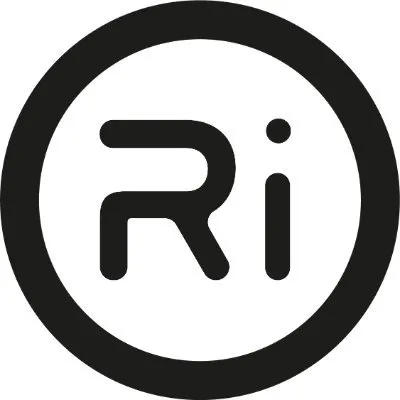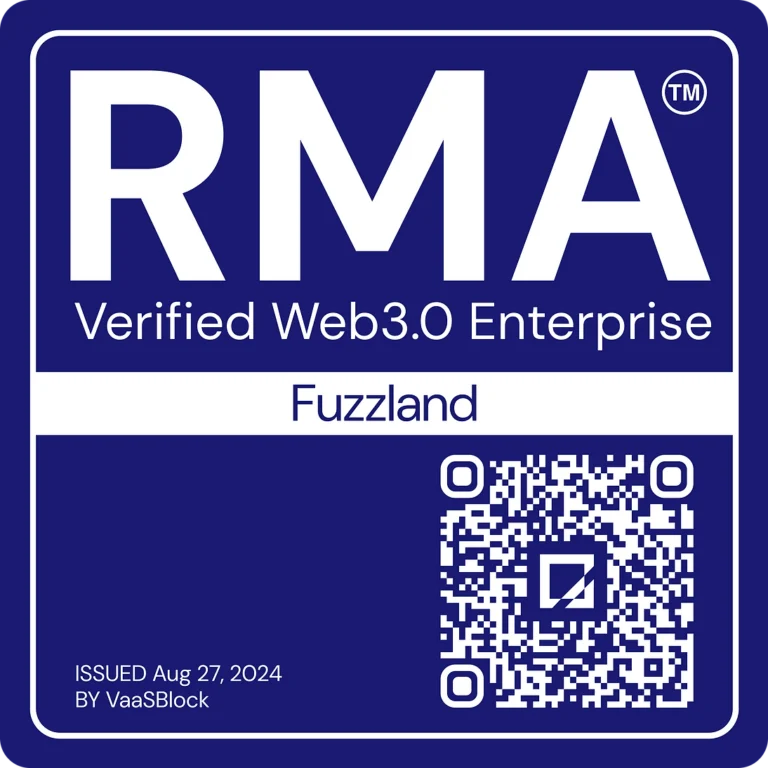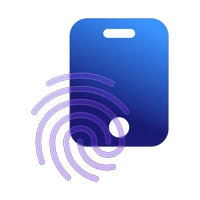Web3 Security & Identity
Security and Identity providers work on safeguarding digital interactions and establishing Trust in decentralized systems. These initiatives include Cybersecurity solutions, fraud detection tools, Identity verification platforms, and decentralized identity (dID) systems. By enhancing data protection, privacy, and authentication processes, these projects empower individuals and organizations to interact securely and confidently in the digital world, addressing critical challenges in Web3, DeFi, and beyond.

Fuzzland
Fuzzland is a leading innovator in smart contract security, dedicated to making the Web3 space safer and more reliable. Specializing in automated smart contract analysis, Fuzzland leverages advanced t… Read More
Risk Mgt.
Technology
Marketing
Background

Phala Network
Phala Network, established in 2018, positions itself as a decentralized cloud computing service emphasizing data privacy and confidentiality. They claim to offer a platform that enables developers to …

Real Items
Real Items is a blockchain-based platform that claims to provide authentication and verification services for both physical and digital assets using NFTs and digital identities. They state that their …

XMTP
XMTP (Extensible Message Transport Protocol) is a decentralized protocol designed to facilitate secure, private, and portable messaging across web3 ecosystems. The platform positions itself as a tool …

Basename.app
Base Name Service (BNS) is a Web3-native naming system designed for the Base blockchain, a Layer 2 network developed by Coinbase. It aims to simplify crypto interactions by replacing long, complex wal…

Scalebit
ScaleBit is a blockchain security company founded in 2023 with its headquarters based in Singapore. They claim to specialize in providing advanced security solutions for the rapidly growing Web3 ecosy…

Flipguard
FlipGuard is a Web3 security and community-driven project that aims to enhance the safety, accessibility, and transparency of decentralized technologies. Positioned as a decentralized security provide…
Frequently Asked Questions (FAQ)
What is Web3 cyber security?
Web3 cyber security refers to protecting decentralized networks, applications, and assets from threats like smart contract vulnerabilities, phishing attacks, and exploits. Unlike traditional Web2 security, Web3 focuses on transparency, self-sovereign identity, and eliminating centralized points of failure. By leveraging blockchain, cryptographic algorithms, and decentralized storage, Web3 ensures secure transactions, user privacy, and data integrity.
Is Web 3.0 secure?
Web 3.0 is more secure than traditional systems due to its decentralized architecture and reliance on blockchain technology. By eliminating single points of failure and enabling cryptographic security, Web3 reduces risks like large-scale data breaches. However, it is not immune to threats like smart contract bugs or phishing attacks, making secure development and user education essential.
How does Web3 authentication work?
Web3 authentication works by using blockchain technology to verify a user's identity without exposing personal information. Decentralized identifiers (DIDs) and smart contracts allow users to securely log in to applications without usernames or passwords. Authentication is based on public-private key cryptography, ensuring security and privacy.
How do you get a Web3 ID?
To get a Web3 ID, you need to create a decentralized identifier (DID) on a blockchain. This involves generating a unique identifier using platforms like Dock or DeCommerce, which enable self-sovereign identity. A Web3 ID provides users control over their data, allowing them to selectively share information with third parties.
What is Web3 proof of identity?
Web3 proof of identity refers to a mechanism that verifies an individual or entity's identity using blockchain. It ensures that identities are linked to unique blockchain addresses, preventing fraud and impersonation. This verification can be used for compliance, trust-building, or access to decentralized applications.










